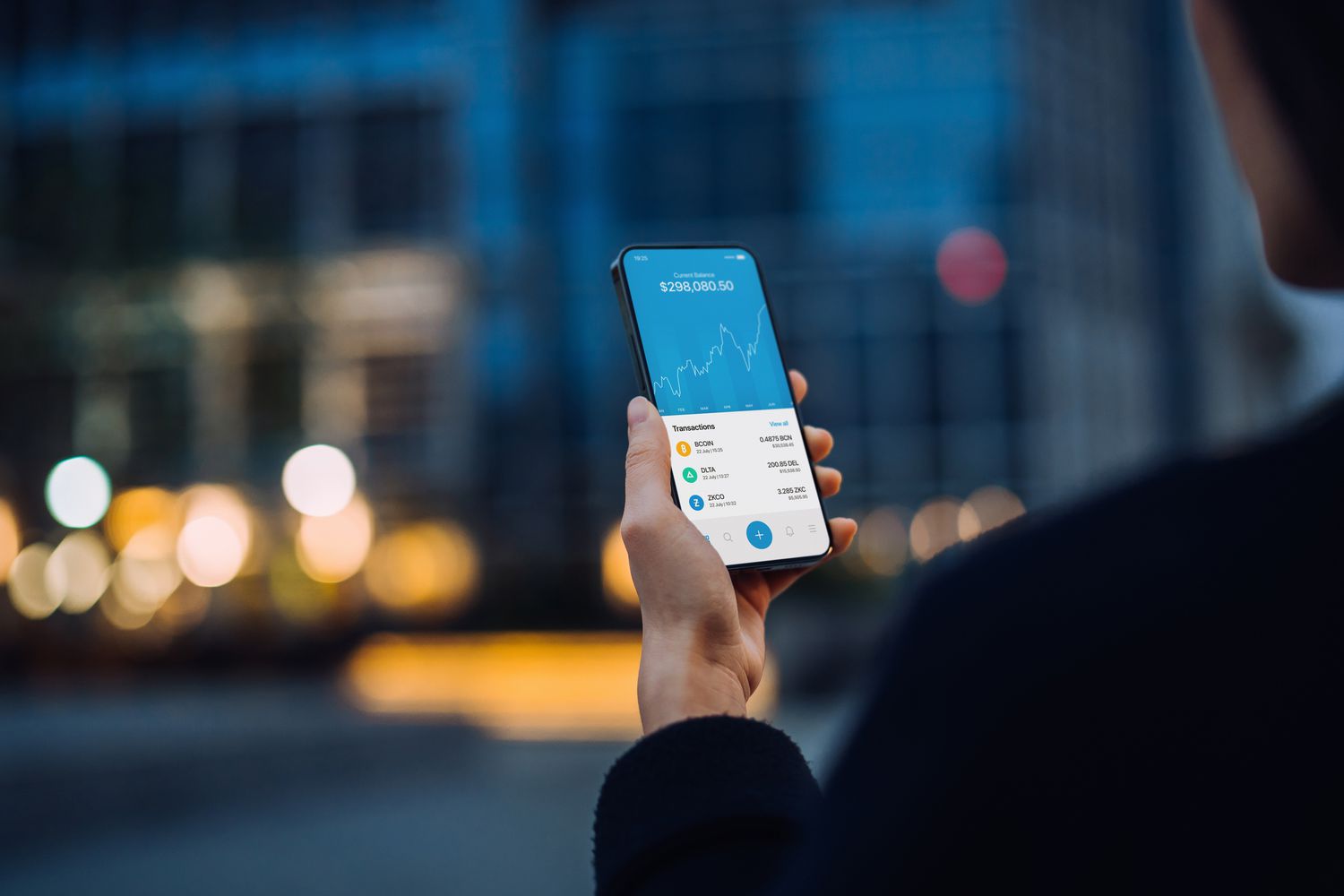Understanding Bitcoin: A Complete Guide to Investing and How It Works
Bitcoin is a decentralized digital currency created by Satoshi Nakamoto that operates without traditional financial institutions or government oversight. It enables peer-to-peer transactions through a secure blockchain network.

The Bitcoin Blockchain
The blockchain is a distributed ledger stored across multiple computers (nodes) that maintains a record of all transactions. Each block contains:
- Current software version
- Previous block's hash
- Transaction data
- Block height number
- Timestamp
- Network target
- Nonce value
Mining and Block Creation
Bitcoin mining involves:
- Validating transactions through complex computational puzzles
- Creating new blocks on the blockchain
- Receiving Bitcoin rewards (currently 3.125 BTC per block)
- Halving rewards approximately every four years
- Next halving scheduled for 2028
Keys and Wallets
Bitcoin ownership is managed through:
- Public keys (like an email address) for receiving Bitcoin
- Private keys for accessing and sending Bitcoin
- Digital wallets for managing transactions
- Hot storage (online) and cold storage (offline) options
Security Considerations
- The blockchain itself has never been compromised
- Wallet security is crucial for protecting assets
- Cold storage recommended for large holdings
- Exchange-based custody services available with varying security levels
Pros:
- Strong growth potential
- High market liquidity
- Potential hedge against inflation
- Growing institutional adoption
Cons:
- High price volatility
- Significant transaction fees
- Environmental concerns
- Limited consumer protection
- Risk of total loss
Bitcoin transactions require network verification and include mining fees. The network processes transactions approximately every 10 minutes, with higher fees receiving priority processing.
As of December 2024, Bitcoin surpassed $100,000, demonstrating its continued growth as a digital asset class while maintaining its core features of decentralization and security.
Related Articles

Buy Cryptocurrency with N26: A Simple 5-Step Guide

